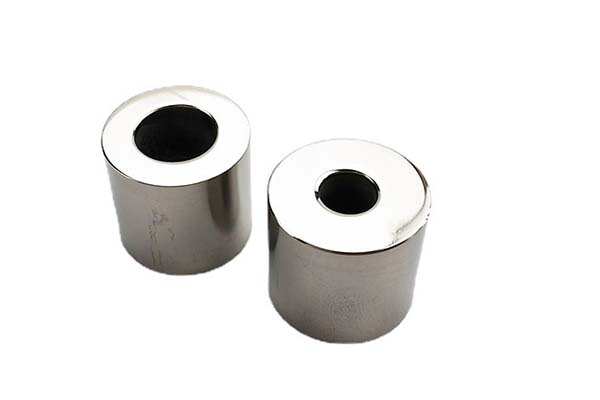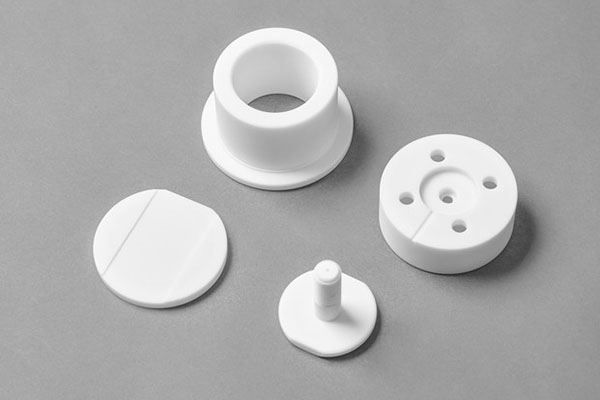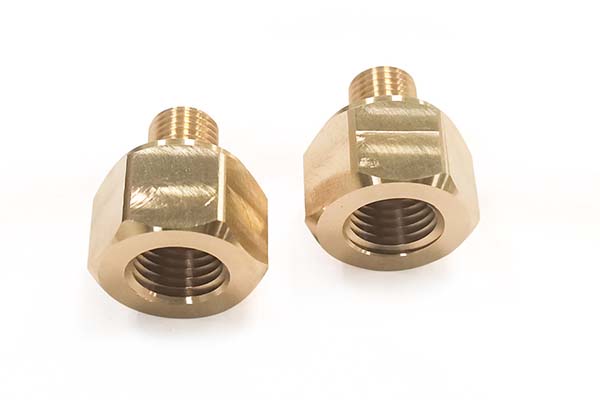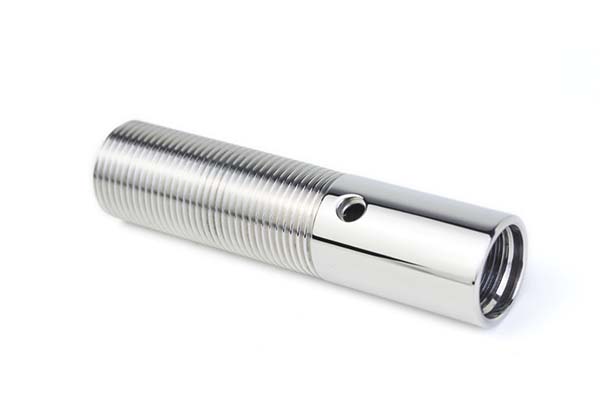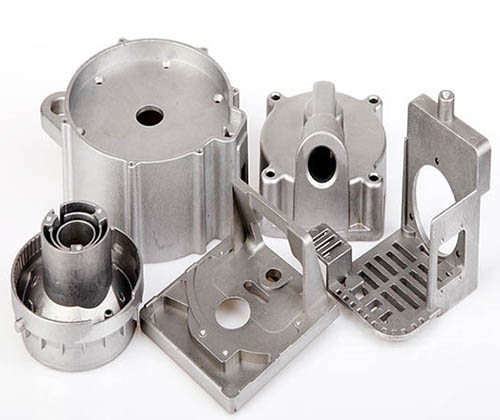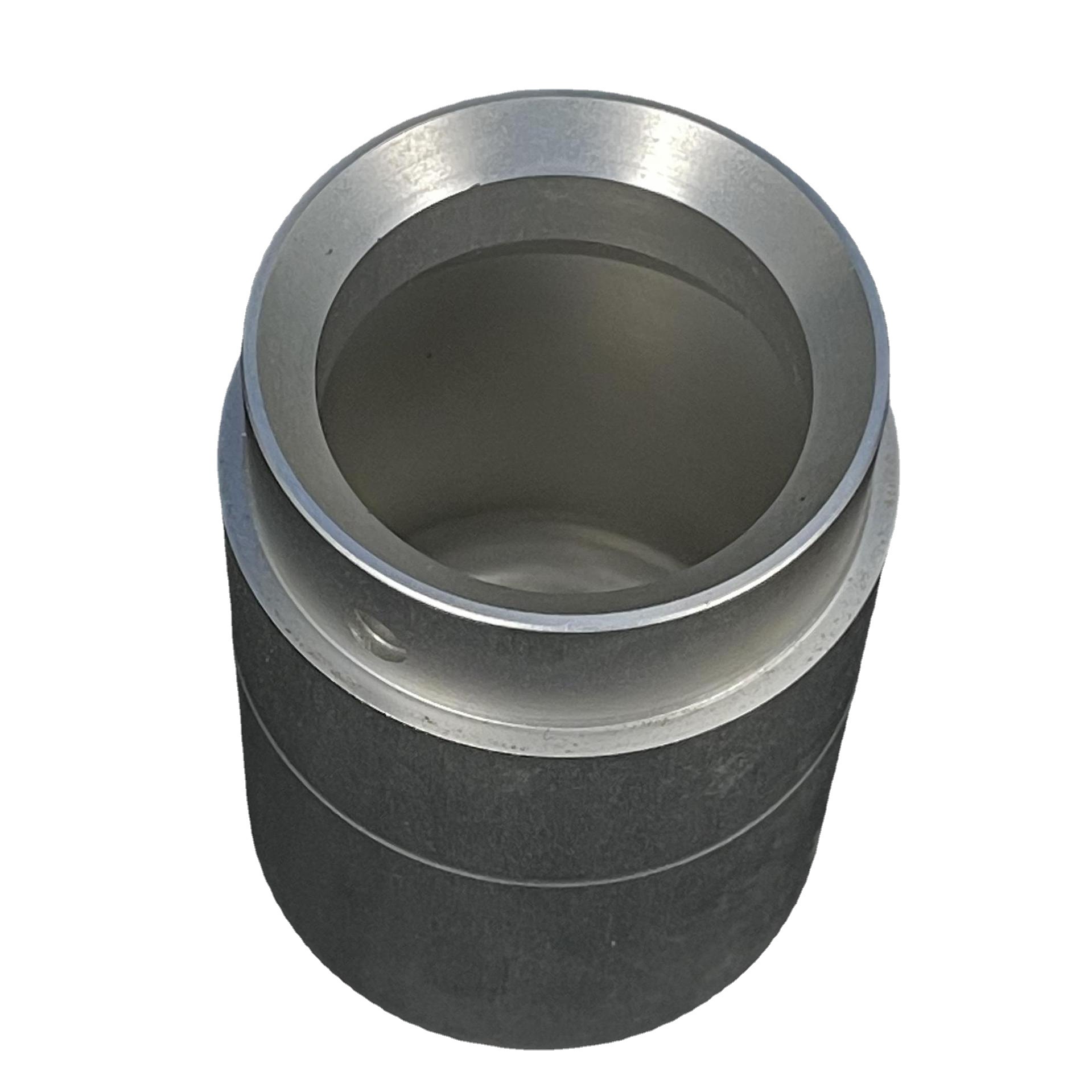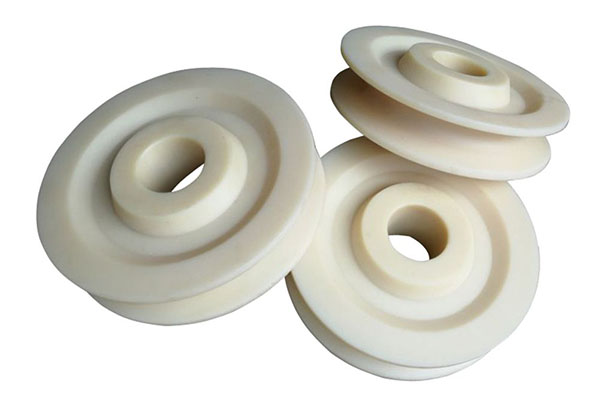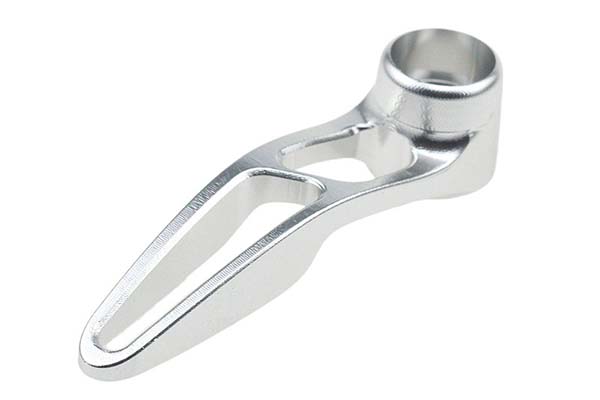Manufacturers across industries rely on CNC machining steel for its versatility, strength, and cost-effectiveness, but navigating the diverse world of steel alloys presents unique challenges. Each steel type—from soft carbon steels to hard alloy steels—demands distinct machining approaches, and selecting the wrong technique or tool can lead to excessive wear, poor surface finish, or dimensional inaccuracies. Additionally, factors like work hardening tendency in stainless steels or high cutting forces in alloy steels require tailored strategies to maintain efficiency and quality. This guide addresses these pain points, providing actionable insights to optimize CNC machining steel across various grades, ensuring consistent results in precision components and large-scale production alike.
Material Characteristics
Understanding the properties of different steels is foundational to successful CNC machining:
- Steel types: The three primary categories include carbon steel (0.05-2.0% carbon), valued for affordability and machinability; stainless steel (10.5%+ chromium), prized for corrosion resistance; and alloy steel (blended with elements like nickel, chromium, or molybdenum), engineered for specific properties like high strength or heat resistance.
- Material properties:
- Strength: Alloy steels offer tensile strengths exceeding 1500 MPa, ideal for high-stress applications, while low-carbon steels (≤0.25% carbon) provide lower strength (300-500 MPa) but superior formability.
- Hardness: Ranges from 120 HB (low-carbon steel) to 60 HRC (high-alloy tool steel), directly impacting machinability—softer steels require less cutting force but are prone to deflection.
- Toughness: Carbon steels balance toughness and strength, while alloy steels like 4140 offer enhanced toughness at high hardness levels.
- Machinability ratings: Low-carbon steels (100% rating) are easiest to machine, followed by medium-carbon steels (80-90%), stainless steels (40-60%), and high-alloy steels (20-30%). Sulfur-added free-machining steels (e.g., 1215 carbon steel) boost ratings to 150% by improving chip control.
- Thermal conductivity: Carbon steels (50-60 W/m·K) dissipate heat better than stainless steels (15-25 W/m·K), affecting coolant requirements—stainless steels need more aggressive cooling to prevent tool overheating.
- Work hardening tendency: Most pronounced in austenitic stainless steels (e.g., 304), where cold working increases surface hardness by 50%+, requiring sharp tools and high cutting speeds to minimize contact time.
These characteristics dictate machining strategies, with material selection driven by application requirements like strength, corrosion resistance, and cost.
CNC Machining Techniques
Core Machining Operations
CNC machining steel encompasses a range of techniques tailored to part geometry and material type:
- CNC milling: Versatile for flat surfaces, slots, and complex 3D features. Ideal for carbon and alloy steels, using end mills with 2-4 flutes for chip evacuation. For stainless steel, 4-6 flute tools improve surface finish by reducing chip load per tooth.
- CNC turning: Essential for cylindrical parts like shafts and bolts. Uses single-point cutting tools to remove material from rotating workpieces, with live tooling enabling milling operations on lathes for added efficiency.
- CNC drilling: Creates holes with twist drills, with high-speed steel (HSS) drills suitable for low-carbon steels and carbide drills better for hard alloys and stainless steels. Peck drilling (intermittent retraction) prevents chip clogging in deep holes.
- CNC boring: Enlarges existing holes to tight tolerances (±0.005 mm), critical for bearing bores in alloy steel housings. Boring bars with internal coolant channels reduce heat buildup in high-strength steels.
- CNC grinding: Achieves fine surface finishes (Ra ≤0.4 μm) and tight tolerances, used for hardened alloy steels (50+ HRC) where conventional machining is impractical.
- Multi-axis machining: 4- and 5-axis machines reduce setup time for complex parts like aerospace brackets, maintaining accuracy across multiple features in high-alloy steels.
Technique Selection Guidelines
- Use CNC turning for rotational symmetry, CNC milling for prismatic parts, and multi-axis machining for complex geometries requiring minimal setups.
- Pair aggressive roughing techniques (high feed rates, deep cuts) with soft steels (e.g., 1018 carbon steel) to maximize material removal, while hard steels (e.g., 440C stainless) require slower, more precise passes.
Tooling and Equipment
Cutting Tools and Materials
- Cutting tools:
- End mills: Carbide 2-flute designs excel in aluminum but struggle with steel—4-flute carbide end mills are standard for carbon and alloy steels, while 6-flute tools improve finish in stainless steel.
- Drills: Carbide-tipped drills with parabolic flutes enhance chip evacuation in deep-hole drilling of alloy steels, reducing breakage risk.
- Reamers: Carbide reamers achieve hole tolerances of H7 (±0.015 mm) in alloy steels, with spiral flutes improving surface finish.
- Tool materials:
- Carbide: Preferred for most steels, offering 5-10x longer life than HSS. Fine-grain carbide (0.5-1 μm particles) withstands high cutting forces in alloy steels.
- High-speed steel (HSS): Cost-effective for low-volume production of soft carbon steels but unsuitable for hard alloys due to rapid wear.
- Ceramics: Used for high-speed machining of hardened steels (45+ HRC), operating at 2-3x the speed of carbide tools but requiring rigid machines to avoid fracture.
- Tool coatings:
- TiN (titanium nitride): Improves wear resistance in carbon steels, extending tool life by 30%.
- TiAlN (titanium aluminum nitride): Handles high temperatures (up to 800°C), ideal for stainless and alloy steels.
- DLC (diamond-like carbon): Reduces friction in aluminum-cutting but also benefits stainless steel by minimizing built-up edge (BUE).
- CNC machines: Vertical machining centers (VMCs) suit small to medium steel parts, while horizontal machining centers (HMCs) handle large, heavy alloy steel components with better chip management. High-torque spindles (≥30 Nm) are critical for alloy steels, while high-speed spindles (15,000+ RPM) improve finish in stainless steels.
Machining Parameters
Optimal Parameters by Steel Type
| Steel Type | Cutting Speed (m/min) | Feed Rate | Depth of Cut | Coolant Type |
| Low-carbon steel | 150-250 | 0.1-0.3 mm/tooth | 2-5 mm | Soluble oil (5-10%) |
| Alloy steel | 100-200 | 0.08-0.2 mm/tooth | 1-3 mm | Synthetic (8-12%) |
| Stainless steel | 80-150 | 0.05-0.15 mm/tooth | 0.5-2 mm | Semi-synthetic (10-15%) |
- Cutting speed: Highest for soft carbon steels, reduced by 30-50% for stainless and alloy steels to manage heat and tool wear.
- Feed rate: Balances material removal and surface finish—lower feeds (0.05 mm/tooth) improve finish in stainless steel, while higher feeds (0.3 mm/tooth) maximize efficiency in carbon steel.
- Depth of cut: Aggressive (3-5 mm) for roughing soft steels, conservative (0.5-2 mm) for hard steels to avoid tool deflection.
- Spindle speed: Calculated based on cutting speed and tool diameter (RPM = 1000 × cutting speed / π × diameter), with higher speeds (10,000+ RPM) reducing work hardening in stainless steel.
- Coolant usage: Flood cooling is standard, with high-pressure systems (70-100 bar) recommended for stainless steel to flush chips and cool the cutting zone. Minimum quantity lubrication (MQL) works for small carbon steel parts, reducing waste.
Surface and Dimensional Quality
Achieving Precision and Finish
- Surface finish:
- Carbon steels readily achieve Ra 1.6 μm with carbide tools, while stainless steels require sharp tools and high speeds to reach Ra 3.2 μm (roughing) to Ra 0.8 μm (finishing).
- Surface defects like tool marks and chatter result from dull tools, excessive feed rates, or machine vibration—address by replacing tools, reducing feed by 20%, or upgrading to rigid machine setups.
- Dimensional accuracy:
- Tolerances: Carbon steels hold ±0.01 mm with standard tools, while alloy steels require carbide tools and temperature-controlled environments to maintain ±0.005 mm.
- Geometric tolerances: Flatness (≤0.02 mm/m) and perpendicularity (≤0.01 mm/100 mm) are achievable in alloy steels with precision machining centers and calibrated fixtures.
- Inspection methods:
- CMM (Coordinate Measuring Machine): Verifies complex dimensions in aerospace components, with accuracy to ±0.001 mm for critical alloy steel parts.
- Micrometers and calipers: Check simple dimensions, with digital tools providing ±0.001 mm resolution for carbon steel bolts and shafts.
- Surface profilometers: Measure Ra values, ensuring compliance with automotive standards (typically Ra ≤1.6 μm for engine components).
Quality Control Best Practices
- Implement statistical process control (SPC) to monitor dimensions, with control limits set at ±3σ from nominal to catch variations early.
- Perform 100% inspection on critical features (e.g., bearing bores) and periodic sampling (5-10%) for non-critical dimensions in high-volume production.
Applications and Industries
CNC machining steel serves diverse sectors, with material selection driven by application needs:
- Automotive manufacturing: Uses carbon steel (e.g., 1020) for chassis components, alloy steel (e.g., 4140) for axles, and stainless steel (e.g., 430) for exhaust parts, balancing strength, cost, and corrosion resistance.
- Aerospace components: Relies on high-alloy steels (e.g., AISI 4340) for landing gear and stainless steel (e.g., 316) for hydraulic systems, requiring tight tolerances (±0.002 mm) and fatigue resistance.
- Industrial machinery: Employs medium-carbon steel (e.g., 1045) for gears and alloy steel (e.g., 8620) for shafts, with CNC turning and milling ensuring durability in high-torque applications.
- Medical equipment: Uses 440C stainless steel for surgical instruments (hardness 55 HRC) and 316L for implant components, with CNC grinding achieving Ra ≤0.05 μm for biocompatibility.
- Consumer electronics: Utilizes low-carbon steel (e.g., 1010) for structural frames, machined to thin walls (0.5 mm) with laser cutting and CNC milling for precise fitting.
- Custom fabrication: Serves niche markets with one-off parts, from carbon steel brackets to alloy steel molds, leveraging CNC machining’s flexibility to meet unique designs.
Yigu Technology’s Perspective
At Yigu Technology, we specialize in CNC machining steel across all grades, from carbon steel prototypes to high-volume alloy steel components. Our data shows that matching tool coatings to steel type reduces wear by 40%—TiAlN for stainless steel, TiN for carbon steel. We optimize parameters for each material: 150-200 m/min cutting speeds for 1018 carbon steel, 80-120 m/min for 304 stainless, and 100-150 m/min for 4140 alloy steel. Our 5-axis machining centers achieve ±0.005 mm tolerances, critical for aerospace parts, while our quality control includes CMM inspections and surface roughness testing. We also offer material selection consulting, helping clients balance performance and cost—for example, recommending 4140 over 304 when strength, not corrosion resistance, is paramount. Our ISO 9001 and AS9100 certifications ensure consistent quality across all steel machining projects.
FAQ
- Which steel type is easiest to machine, and why?
Low-carbon steel (e.g., 1018) is easiest to machine due to its low hardness (120-150 HB) and high machinability rating (100%). Its softness reduces cutting forces, allowing faster speeds and longer tool life compared to harder alloys or work-hardening stainless steels.
- How do machining parameters differ between carbon steel and stainless steel?
Carbon steel uses higher cutting speeds (150-250 m/min) and feed rates (0.1-0.3 mm/tooth) than stainless steel (80-150 m/min, 0.05-0.15 mm/tooth). Stainless steel requires more aggressive cooling and sharper tools to combat work hardening tendency, while carbon steel tolerates duller tools and standard cooling.
- What factors affect dimensional accuracy in steel machining?
Key factors include material stability (alloy steels expand less with heat), machine rigidity (reduces vibration), tool wear (dull tools cause deflection), and temperature control (prevents thermal expansion). Using carbide tools, rigid setups, and climate-controlled facilities maintains ±0.005 mm tolerances in critical steel components.
